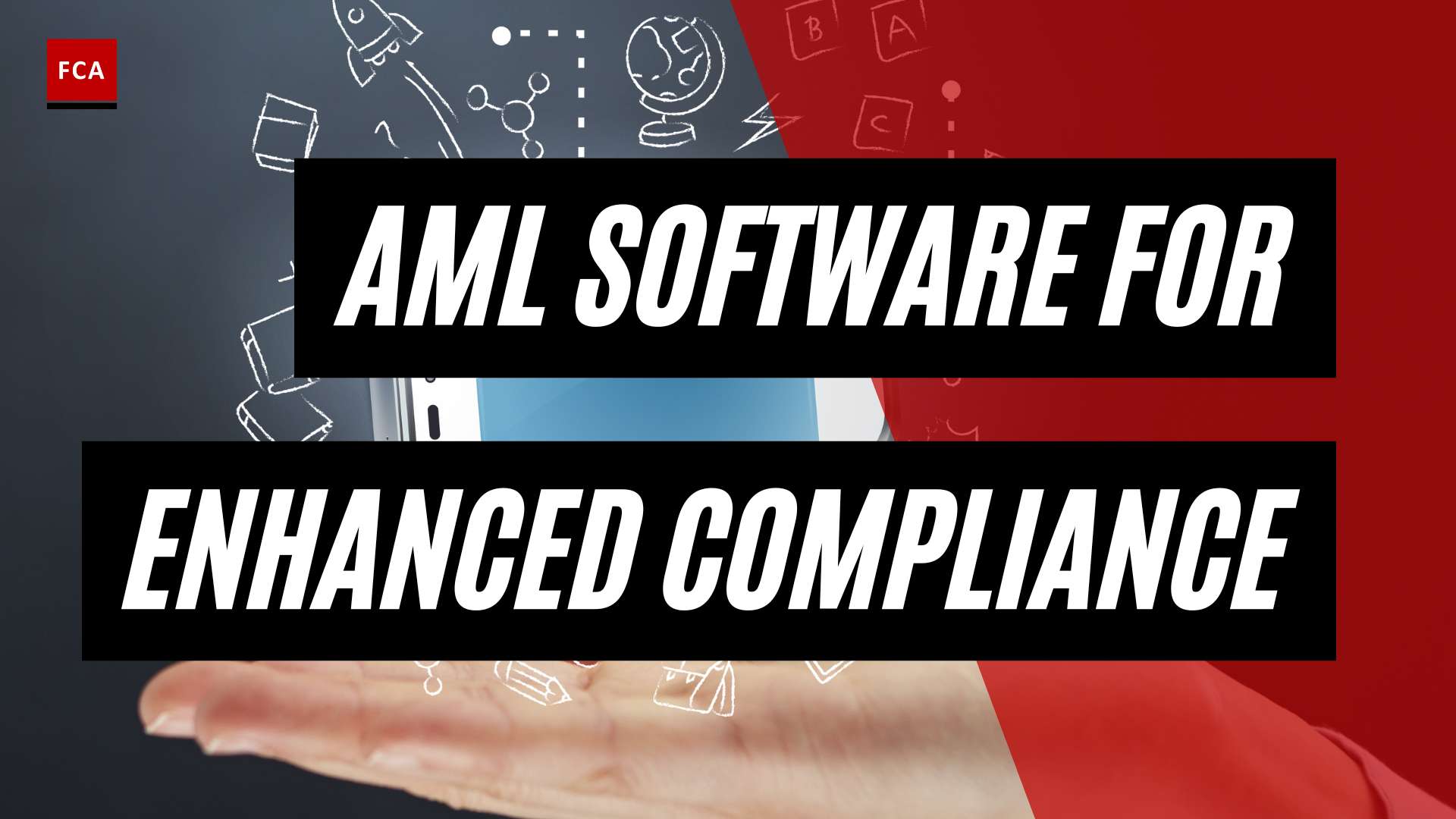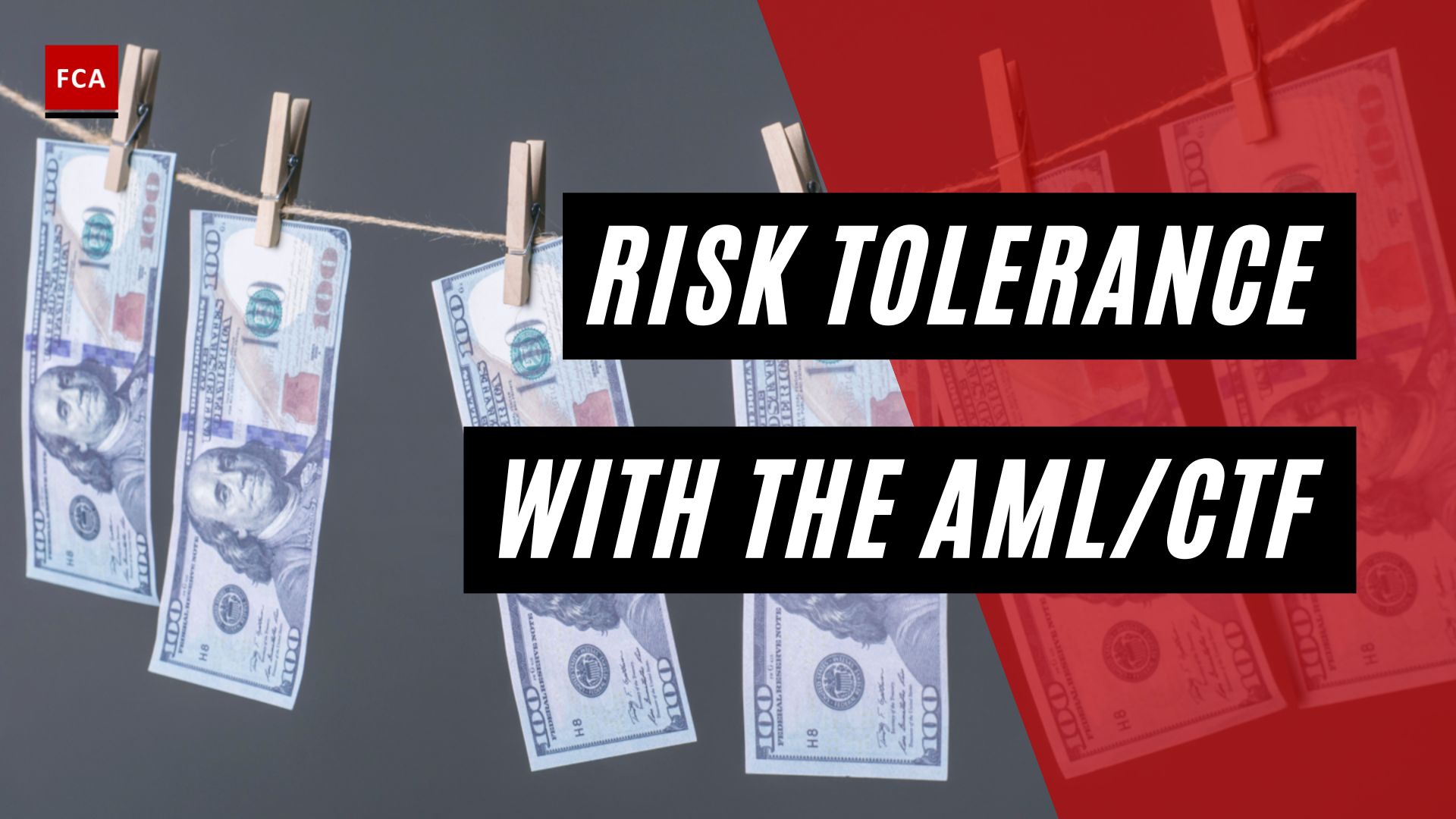Introduction to Sanctions Screening
In the complex landscape of regulatory compliance, sanctions screening plays a crucial role in safeguarding organizations against financial crime and maintaining a strong anti-money laundering (AML) framework. This section will explore the importance of sanctions screening and provide an understanding of what real-time sanctions screening entails.
The Importance of Sanctions Screening
Sanctions screening is a fundamental component of AML compliance for businesses operating in various industries, including banking, finance, and international trade. The purpose of sanctions screening is to identify and prevent transactions with individuals, entities, or countries that are subject to sanctions or embargoes.
By conducting sanctions screening, organizations can comply with regulatory requirements and mitigate the risk of inadvertently engaging in prohibited activities. Failure to adhere to sanctions screening regulations can lead to severe legal and reputational consequences for businesses. To learn more about sanctions screening requirements, refer to our article on sanctions screening requirements.
What is Real-Time Sanctions Screening?
Real-time sanctions screening refers to the process of screening transactions and customer data against relevant watchlists and databases in real time. Unlike traditional batch screening, which involves periodic checks, real-time sanctions screening enables organizations to identify and address potential sanctions risks instantaneously.
Real-time sanctions screening leverages advanced technologies and automated systems to analyze large volumes of data in real time. By integrating with comprehensive watchlists and databases, organizations can promptly identify any matches or hits that may signify a potential sanctions risk. To explore the technical aspects of sanctions screening, refer to our article on sanctions screening systems.
Implementing real-time sanctions screening offers several advantages, including enhanced risk mitigation, faster response and decision-making, and improved operational efficiency. In the following sections, we will delve deeper into these benefits and explore the key features of real-time sanctions screening.
As organizations strive to maintain regulatory compliance in an ever-evolving landscape, harnessing the power of real-time sanctions screening is vital to protect against financial crime and ensure the integrity of their operations.
Understanding Regulatory Compliance
To ensure a secure and transparent financial system, regulatory bodies have established various frameworks and guidelines. One such framework is the Anti-Money Laundering (AML) compliance framework, which aims to prevent money laundering and the financing of terrorism. Within this framework, sanctions screening plays a critical role in compliance efforts.
Overview of AML Compliance Framework
The AML compliance framework is a comprehensive set of rules and regulations that financial institutions and other organizations must adhere to in order to combat money laundering activities. It consists of various components, including customer due diligence, transaction monitoring, and reporting of suspicious activities. The framework is designed to identify and mitigate the risks associated with money laundering and terrorist financing.
Sanctions screening is an integral part of the AML compliance framework. It involves the process of checking individuals, entities, and transactions against various watchlists and databases to ensure compliance with economic and trade sanctions imposed by regulatory authorities. By screening for sanctioned parties, organizations can prevent engaging in prohibited activities and avoid potential legal and reputational risks.
Role of Sanctions Screening in Compliance
Sanctions screening plays a crucial role in regulatory compliance by helping organizations identify and mitigate potential risks associated with sanctioned individuals and entities. The primary objectives of sanctions screening are to:
- Prevent transactions and business dealings with individuals or entities subject to sanctions or embargoes.
- Avoid engaging in activities that may inadvertently support or finance terrorism or other illicit activities.
- Comply with international, regional, and national sanctions regimes imposed by regulatory bodies.
By implementing effective sanctions screening practices, organizations can minimize the risk of non-compliance and safeguard their reputation. Failure to comply with sanctions regulations can result in severe penalties, including financial sanctions and legal consequences.
Sanctions screening is a complex process that requires robust systems and tools to ensure accuracy and efficiency. Automated data matching, integration with watchlists and databases, and real-time alerts and notifications are key features of effective sanctions screening solutions. These features enable organizations to streamline their compliance efforts and respond promptly to potential risks.
To ensure effective implementation of sanctions screening, organizations need to assess their specific needs, select the right sanctions screening solution, and carefully consider integration and implementation considerations. By aligning their processes and technology with regulatory requirements, organizations can enhance their compliance efforts and contribute to the overall integrity of the financial system.
For more information on sanctions screening, including tools, processes, and regulatory requirements, visit our articles on AML sanctions screening and sanctions screening requirements.
Benefits of Real-Time Sanctions Screening
Real-time sanctions screening offers several significant benefits to organizations when it comes to regulatory compliance and risk management. By implementing a robust real-time sanctions screening solution, businesses can enhance risk mitigation, facilitate faster response and decision making, and improve overall efficiency and accuracy in their compliance processes.
Enhanced Risk Mitigation
Real-time sanctions screening plays a crucial role in mitigating risks associated with financial crime, money laundering, and terrorist financing. By continuously monitoring transactions and customer data against global sanctions lists and watchlists, organizations can promptly identify and flag any potential matches. This proactive approach enables businesses to take immediate action to prevent unauthorized transactions and ensure compliance with regulatory requirements.
By integrating real-time sanctions screening into their compliance framework, organizations can significantly reduce the risk of engaging in prohibited activities, avoiding potential fines, reputational damage, and legal consequences. Additionally, timely identification of sanctioned entities helps safeguard the integrity of the financial system and contributes to global efforts to combat illicit financial activities.
Faster Response and Decision Making
Real-time sanctions screening empowers organizations to make faster and more informed decisions regarding potentially risky transactions or entities. By automating the screening process, alerts and notifications are generated instantaneously when a match is detected. This allows compliance teams to promptly investigate and assess the flagged transactions or customers, ensuring that necessary actions are taken in a timely manner.
With real-time alerts, organizations can respond swiftly to potential compliance breaches, preventing unauthorized transactions from being processed. This not only enables businesses to comply with regulatory requirements in a timely manner but also helps maintain trust and confidence in the financial system.
Improved Efficiency and Accuracy
Implementing real-time sanctions screening brings significant improvements in the efficiency and accuracy of compliance processes. Automation streamlines the screening process, reducing the need for manual intervention and manual checks, which can be time-consuming and prone to human errors.
Real-time screening solutions leverage sophisticated algorithms and technology to match and analyze vast amounts of data against sanctions lists in a fraction of the time it would take for manual screening. This increased efficiency enables organizations to handle a higher volume of transactions without compromising accuracy and compliance.
By minimizing false positives and false negatives, real-time sanctions screening improves the accuracy of identifying potential matches. This ensures that legitimate transactions are not unnecessarily delayed or flagged, while unauthorized activity is promptly identified and acted upon.
In summary, real-time sanctions screening offers enhanced risk mitigation, faster response and decision making, and improved efficiency and accuracy for businesses in their efforts to maintain regulatory compliance. By leveraging the benefits of real-time screening, organizations can effectively protect themselves from financial crime risks, ensure compliance with sanctions regulations, and contribute to a safer and more secure financial ecosystem.
Key Features of Real-Time Sanctions Screening
Real-time sanctions screening is an essential component of any effective anti-money laundering (AML) compliance framework. By leveraging advanced technology and automation, real-time sanctions screening enables organizations to identify and mitigate potential risks associated with individuals, entities, or transactions that are subject to sanctions. Let’s explore the key features of real-time sanctions screening:
Automated Data Matching
Automated data matching is a fundamental feature of real-time sanctions screening. It involves comparing customer data, transaction details, or other relevant information against watchlists and databases that contain sanctions lists, politically exposed persons (PEPs) lists, and other regulatory lists. This process helps identify any matches or potential matches, ensuring that organizations can promptly identify and address any compliance risks.
By automating the data matching process, organizations can significantly enhance the efficiency and accuracy of their sanctions screening efforts. Manual screening processes can be time-consuming and prone to human error, making automated data matching an invaluable feature for effective compliance.
Integration with Watchlists and Databases
Real-time sanctions screening relies on seamless integration with watchlists and databases that contain relevant sanctions information. These watchlists and databases are regularly updated to ensure organizations have access to the most current and accurate data. Integration with these resources allows for quick and comprehensive screening of individuals, entities, or transactions against the relevant sanctions lists.
Integration with watchlists and databases streamlines the sanctions screening process, ensuring that organizations have access to the latest information and can make informed decisions promptly. It also helps organizations stay compliant with evolving regulatory requirements and reduces the risk of overlooking any potential matches.
Real-Time Alerts and Notifications
Real-time alerts and notifications are crucial features of a robust sanctions screening solution. When a potential match is identified during the screening process, the system generates real-time alerts or notifications to notify compliance officers or relevant stakeholders. These alerts provide immediate visibility into potential compliance risks, enabling organizations to take prompt action.
Real-time alerts and notifications allow organizations to quickly investigate and respond to potential matches, minimizing the risk of non-compliance. The timely nature of these alerts ensures that organizations can make informed decisions and implement appropriate risk mitigation measures without delay.
By leveraging these key features of real-time sanctions screening, organizations can enhance their risk management efforts, improve compliance efficiency, and demonstrate a commitment to regulatory compliance. It is essential for organizations to assess their specific needs, select the right sanctions screening solution, and consider integration and implementation factors to effectively implement real-time sanctions screening. For more information on sanctions screening, please refer to our articles on aml sanctions screening and sanctions screening solutions.
Implementing Real-Time Sanctions Screening
To effectively implement real-time sanctions screening within an organization, several key steps need to be followed. By assessing organizational needs, selecting the right sanctions screening solution, and considering integration and implementation aspects, companies can ensure a robust and compliant process.
Assessing Organizational Needs
Before implementing real-time sanctions screening, it is crucial to assess the specific needs and requirements of the organization. This involves evaluating the size of the organization, the nature of its operations, the volume of transactions, and the complexity of its business relationships. By understanding these factors, the organization can determine the level of sanctions screening capabilities required and the resources necessary for implementation.
Factors to consider during the assessment process include:
- Risk Profile: Assessing the organization’s risk exposure to sanctions violations based on its industry, geographic locations, and customer base.
- Budget and Resources: Evaluating the financial resources and personnel available for implementing and maintaining a real-time sanctions screening system.
- Compliance Obligations: Understanding the regulatory and legal requirements related to sanctions screening that the organization must adhere to.
By conducting a thorough assessment, organizations can identify their specific needs and make informed decisions regarding the implementation of real-time sanctions screening.
Selecting the Right Sanctions Screening Solution
Selecting the appropriate sanctions screening solution is a critical step in the implementation process. There are various sanctions screening tools and software available in the market, each with its own features and capabilities. When choosing a solution, organizations should consider the following factors:
- Compliance Requirements: Ensure that the chosen solution aligns with the organization’s compliance obligations, taking into account relevant sanctions screening regulations. Internal controls should be customizable to match the organization’s risk appetite.
- Data Coverage: Evaluate the comprehensiveness of the solution’s watchlist and database coverage, ensuring it includes relevant global sanctions lists and regulatory databases.
- Accuracy and Efficiency: Look for a solution that provides accurate and efficient matching capabilities to minimize false positives and false negatives. This helps reduce the manual effort required for reviewing alerts.
- Scalability: Consider the ability of the solution to handle the organization’s current and future transaction volumes as the business grows.
By carefully selecting a suitable sanctions screening solution, organizations can streamline their compliance processes and effectively mitigate the risk of sanctions violations.
Integration and Implementation Considerations
Once a sanctions screening solution has been chosen, successful integration and implementation are vital for seamless operations. During this phase, organizations need to consider the following aspects:
- Data Integration: Ensure that the selected solution can integrate with existing systems and databases within the organization, such as customer relationship management (CRM) systems or transaction monitoring systems. This enables real-time data updates and reduces the risk of data discrepancies.
- Workflow and Processes: Establish efficient workflows and processes for managing alerts generated by the sanctions screening system. This includes defining roles and responsibilities, escalation procedures, and documentation requirements.
- Training and Awareness: Provide comprehensive training to relevant personnel to ensure they understand the sanctions screening process, know how to interpret alerts, and are aware of their compliance obligations. Ongoing training and awareness programs are essential to keep employees up to date with any changes in sanctions screening regulations.
By addressing integration and implementation considerations, organizations can effectively embed real-time sanctions screening into their compliance framework and ensure a smooth transition to the new system.
Implementing real-time sanctions screening is a crucial step in ensuring regulatory compliance and mitigating the risk of sanctions violations. By assessing organizational needs, selecting the right sanctions screening solution, and considering integration and implementation aspects, organizations can establish a robust and effective system that aligns with their compliance obligations.









